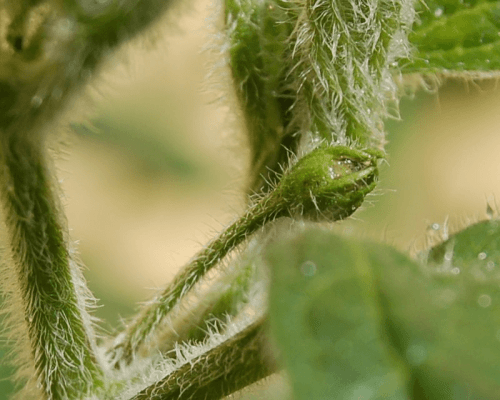To extract trichomes from plants, typically requires some laboratory techniques and chemical methods because these structures often contain the plant’s active compounds such as chemicals, essential oils, and resins. Here is a general method that can be used to extract trichomes from plants:

Materials and Equipment:
1. Plant sample of interest
2. Solvent (commonly used are ether, acetone, ethanol, or isopropanol)
3. Stirrer or stirring rod
4. Filter paper or funnel
5. Collection container
6. Evaporating dish
7. Filter paper or glass paper
8. Temperature control device (if needed)
9. Ventilation equipment (to prevent the buildup of harmful gases during the extraction process)
Steps:
1. Collect plant material: Gather the desired parts of the plant, typically flowers, leaves, or stems, where trichomes are present.
2. Grind plant material: Crush the plant material to disrupt cell structures, aiding in the release of trichomes. You can use a stirrer or manual methods for this step.
3. Extraction process: Mix the ground plant material with the chosen solvent, typically at room temperature or in a temperature-controlled environment. The solvent will help extract the chemicals from the trichomes.
4. Filtration: Pass the mixture in the solvent through filter paper or a funnel to remove undissolved impurities and plant residues. This will leave behind the dissolved substances from the trichomes in the solvent.
5. Evaporation: Place the filtered solution in an evaporating dish and gently evaporate the solvent using a temperature control device. This will leave behind the trichome extract, typically in a concentrated form.
6. Collect the extract: Collect the evaporated extract, usually in an oily or paste form. You can scrape or collect the extract using filter paper or glass paper.
Please note that extracting trichomes may require appropriate laboratory equipment and chemicals to ensure the purity and safety of the extracted substances. Moreover, different plants may require different extraction conditions and solvents, so it is advisable to consult with professionals or refer to relevant literature when conducting plant extraction experiments.
